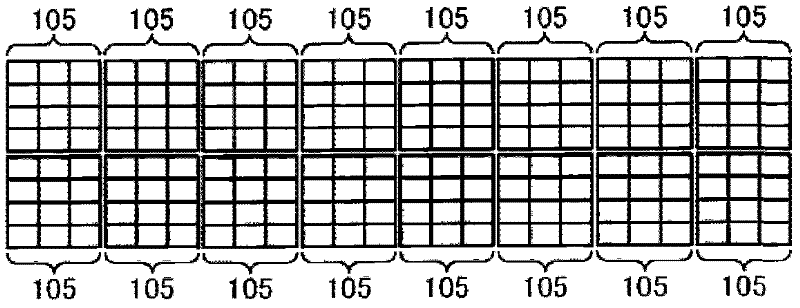Positron emission tomography detector module, radiation detector, positron emission tomography scanner system, method of processing signals, and method of manufacturing radiation detector module
A technology for radiation detectors and manufacturing methods, applied to instruments, measuring devices, scientific instruments, etc., can solve the problems of loss of independence, inability to replace individual modules, inability to perform module tests and calibrations, etc., to achieve excellent performance and reduce costs Effect
- Summary
- Abstract
- Description
- Claims
- Application Information
AI Technical Summary
Problems solved by technology
Method used
Image
Examples
Embodiment Construction
[0049] Below, with reference to the accompanying drawings, Figure 1D A PET scanner configuration 200 according to an embodiment is shown. Such as Figure 1D As shown, detector ring 210 includes a plurality of rectangular detector modules 220 . According to an embodiment, the detector ring 210 comprises 40 detector modules 220 . In other embodiments, 48 modules are used as scanners for large-diameter production.
[0050] The PET detector module has an array of scintillation crystal elements and multiple photosensors. The array of scintillation crystal elements comprises a plurality of sub-arrays that are substantially optically separated. A plurality of photosensors are arranged to cover the array, and are configured to receive light emitted from the array. The plurality of sub-arrays are optically separated in such a manner that the light emitted from the individual crystal elements arranged in the corresponding sub-arrays is collected and mainly passed through the lig...
PUM
 Login to View More
Login to View More Abstract
Description
Claims
Application Information
 Login to View More
Login to View More - R&D
- Intellectual Property
- Life Sciences
- Materials
- Tech Scout
- Unparalleled Data Quality
- Higher Quality Content
- 60% Fewer Hallucinations
Browse by: Latest US Patents, China's latest patents, Technical Efficacy Thesaurus, Application Domain, Technology Topic, Popular Technical Reports.
© 2025 PatSnap. All rights reserved.Legal|Privacy policy|Modern Slavery Act Transparency Statement|Sitemap|About US| Contact US: help@patsnap.com



